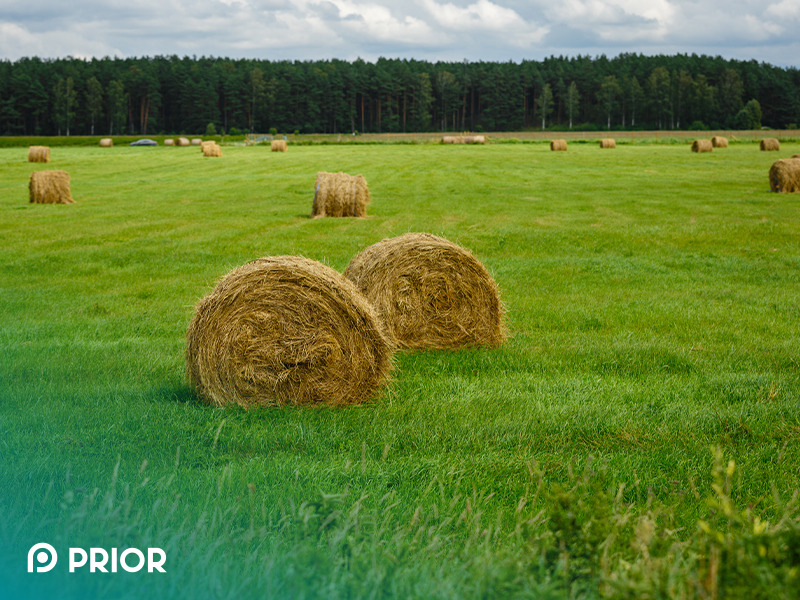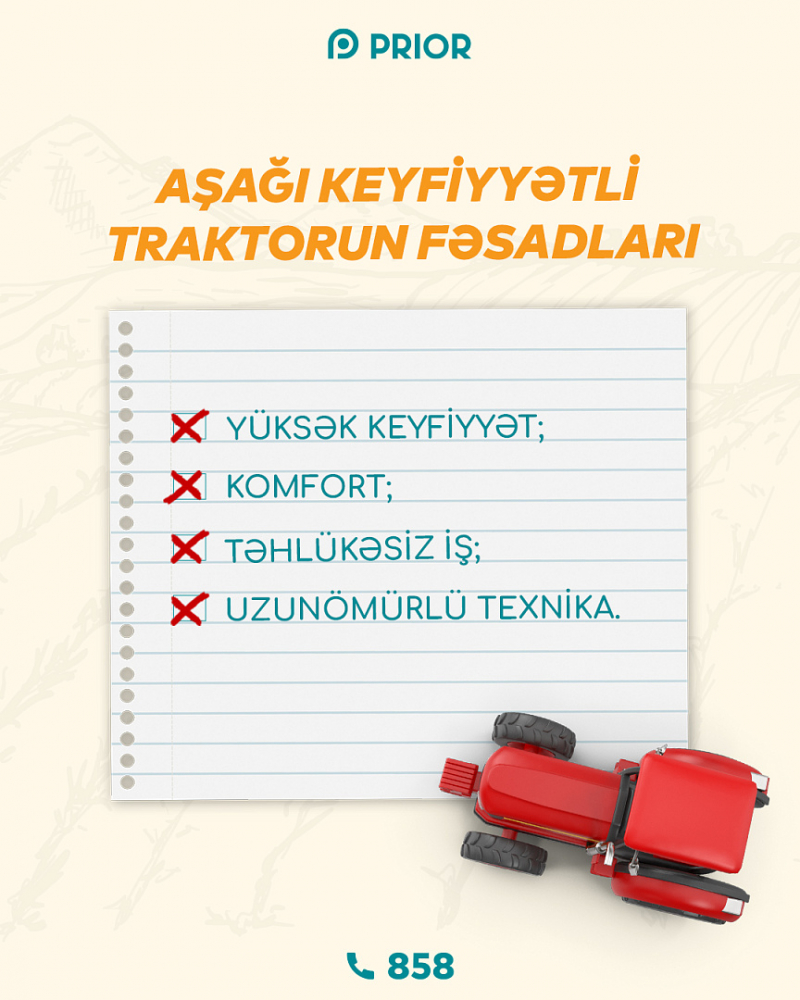Technology of preparation of grass in fodder

What is the technology for preparing open (scattering) grass?
They supply open grass by taping it in mowers or by collecting it directly fr om trellises. The technological scheme of supply consists of the following sequential operations:
mowing with or without flattening, forming a strip of mown grass;
conversion;
raking on beams;
taping;
loading tasters into vehicles transportation and hauling.
The play of natural scattering (open) cereal grasses can be performed with any mower; in the play of leguminous grasses, at the same time, for the purpose of flattening, mower flattens are used. They use a rotary (rotary) mower when weeding lush and ground-lying grass.
In regions with a very rainy climate, the grass is periodically mixed (as the upper layers dry) with mixing rakes and turned over in the mowed strips for quick wilting of the knocked grass. In the morning, the grass mass is mixed immediately after the bush, and the grass that was played during the day is mixed 2-3 hours after the Bush. Mixing is especially effective in high-yielding grasslands, when the grass is laid in uneven layers after shrubbery. The thickness of such a layer can reach 25 cm or more in individual places, so even in the best weather, uncooked grass dries very late. The grass is raked into trellises, provided that the moisture content of the grass mass is not lower than 50%, and grain crops are not lower than 40%.
When turning and raking dry grass, they use modern rakes from different brands. To rake the dried mass, they also use transverse tractor rakes of various brands. Until the humidity of the mass reaches 25-30%, the grass dried in the ridges is collected by pickers with pickers. The most expedient form of gothma is cylindrical, with an indented top. This ensures that the dry grass dries out faster and gets less wet in rainy weather. When the humidity decreases to 20-22%, the gothamans are hit by Foals. When the gothmans are not needed, they collect the bales directly from the beams. They use tractor trailers with a large cargo space, as well as a hauler to transport the gothamans to the place wh ere they will be towed. They carry out the loading of grass into vehicles by means of tayavuran.
What is the technology for making pressed grass?
Pressed grass has a number of advantages over scattered (open) grass. Mechanical losses during the supply of pressed grass are reduced by 2-2.5 times,since some operations (transportation, taping, hauling) disappear. 1 kg of pressed grass contains 0.6, and 1 kg of non - pressed (open) grass-0.4 feed units, in connection with which the cost of 1 feed unit of open grass is 60% higher than the cost of 1 feed unit of pressed grass. In addition, foals (Kips) of pressed hay take up 2.5 times less space than open hay, which allows to further improve the storage conditions of hay in haystacks. It is more convenient to transport and distribute Kips (foals) of pressed grass to the manholes. When carrying out these operations, it is possible to save labor costs 3-4 times. The technology of preparation of pressed grass consists of the following operations: raking, turning, raking on the beams, pressing, holding the bales (closing the Kip) and taying.
When supplying pressed grass, it should be borne in mind that the drier the grass mass, the greater the mechanical losses at the time of pressing, therefore, it is necessary to press the grass mass directly from the beams, until the grass reaches the full degree of moisture content (that is, not completely dry).
To collect the grass from the beams and press it into rectangular shaped bales (i.e. tie the kip), a connecting press (tay, kip) is used. The press collects the bales and presses them twice with wire or rope. To press the grass into rolls (barrels) with a diameter of 1.6 m, a length of 1.4 m, a density of 200 kg/m3, roll presses are used.
What is the technology for making crushed grass?
The most advanced method of grass supply is to collect the grass from the trellises, grind it and dry it completely with the help of active ventilation. This method allows you to fully mechanize all processes from the bush to the distribution of feed to animals, thereby reducing labor and resource costs by 2-2.5 times compared to pressing. Furthermore, the loss of nutrients is greatly reduced.
What is the technology for making briquetted grass?
The preparation of grass baits in a new effective way is briquetting the grass (brick shaping). This method makes it possible to raise the output of feed units and nutrients from a plantation, reduce losses during preparation, storage and use. This is confirmed by the research carried out by the Institute of Animal Husbandry on the comparative assessment of grass obtained by natural drying from Clover-cattail mixture and briquettes made from this initial mass.
We will tell about other feed preparation methods in our next blog posts. Keep following us…
back






 New products
New products Second hand equipments
Second hand equipments Campaigns
Campaigns





